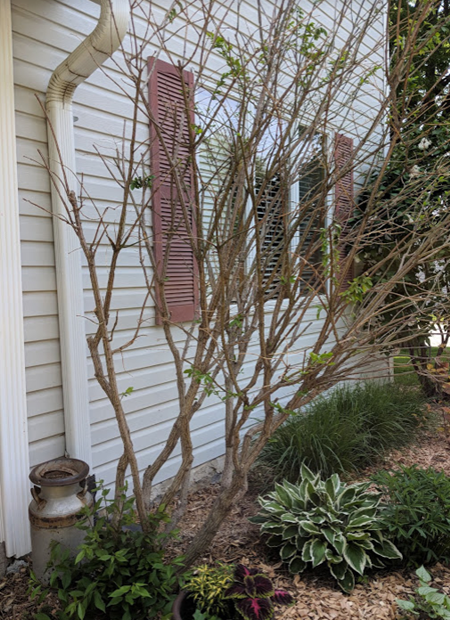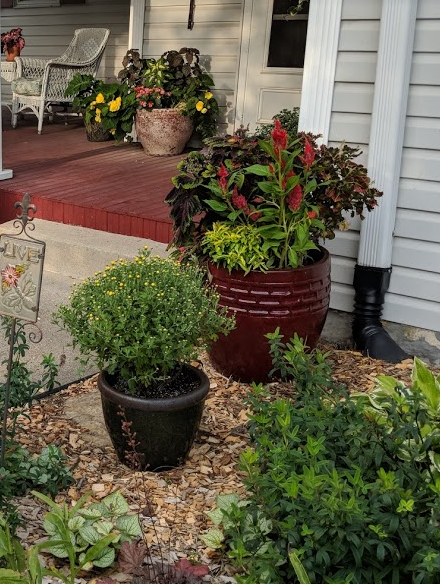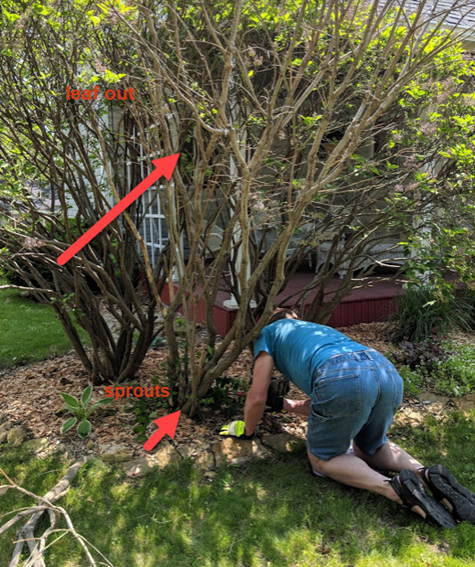Click below to listen to my 2 min. Garden Bite radio show: The Winged Burning Bush is a weed
Audio PlayerToday, I’m going to tell you the story of the winged wahoo! Also know as Burning Bush, I didn’t know it was called that either until I started research after getting an email from the Minnesota Dept. of Agriculture. They have deemed the Winged Burning Bush, October Weed of the Month for 2020!
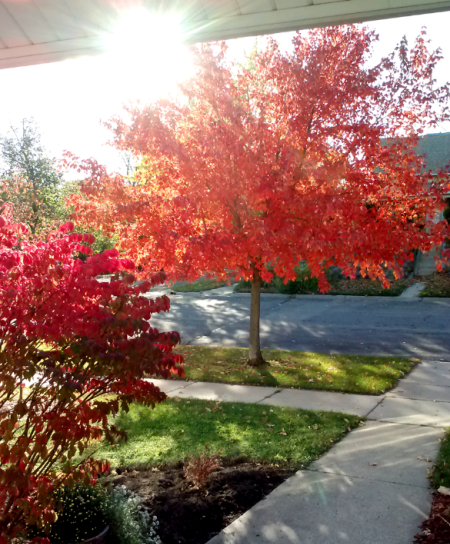
Wait, what, no winged wahoo!! Minnesota added it to their Noxious Weed List as a “Specially Regulated Plant”. That means nurseries and growers are required to phase the plant out of production over the next three years, and on January 1st, 2023, the species will move to the Restricted Noxious Weed category, meaning it will be prohibited from sale, propagation, and transport in the state of Minnesota.
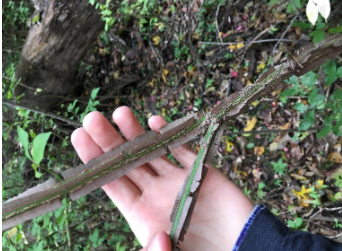
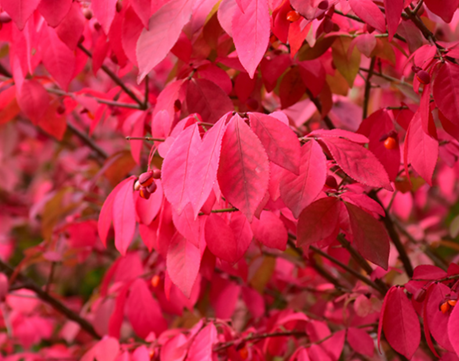
We’re not alone, Wisconsin names it an invasive and has classified it as Restricted. Turns out that beloved red flame of a bush invades forests, open woods, forest edges, pastures, prairies and roadsides too. It’s been reported as invasive throughout the northeast and Midwest.
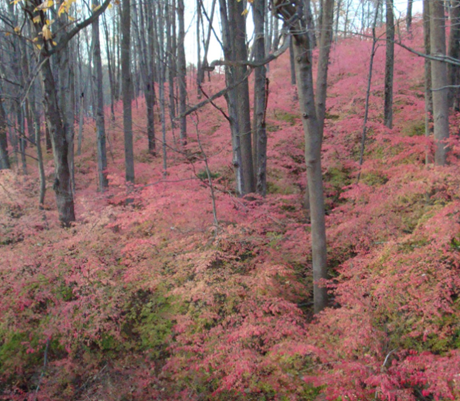
The shrub has been planted for decades as it tolerates full sun and full shade, adding a beautiful Fall color and it’s flair with winged bark.

The problem is, it takes over as a prolific seed producer with high viability, meaning invasive! White-tailed deer are not fond of it which leads to greater browse damage to native herbaceous plants and other desirable species.
Burning bush was introduced to North America in the mid-1800s as an ornamental shrub, which made beautiful foundation plantings. It has been naturalizing itself in native areas outcompeting native vegetation and reducing plant diversity in the understory of forest areas.
Dave’s Garden has a great article to check out: Don’t get burned by Burning Bush
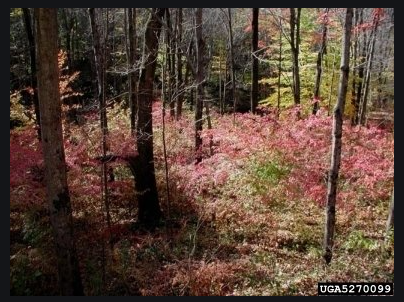
There were also many folks around my area (southern Minnesota) that lost our Burning bushes due to a very cold winter. Mine were looking rough and we removed them in 2019.
